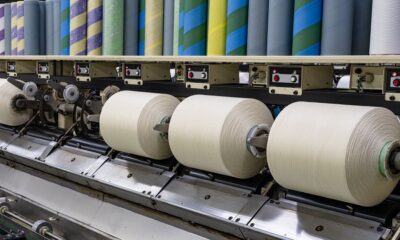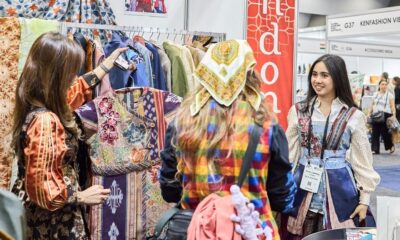Fashion
Barmag to showcase sustainable yarn innovations at ITMA Asia+CITME
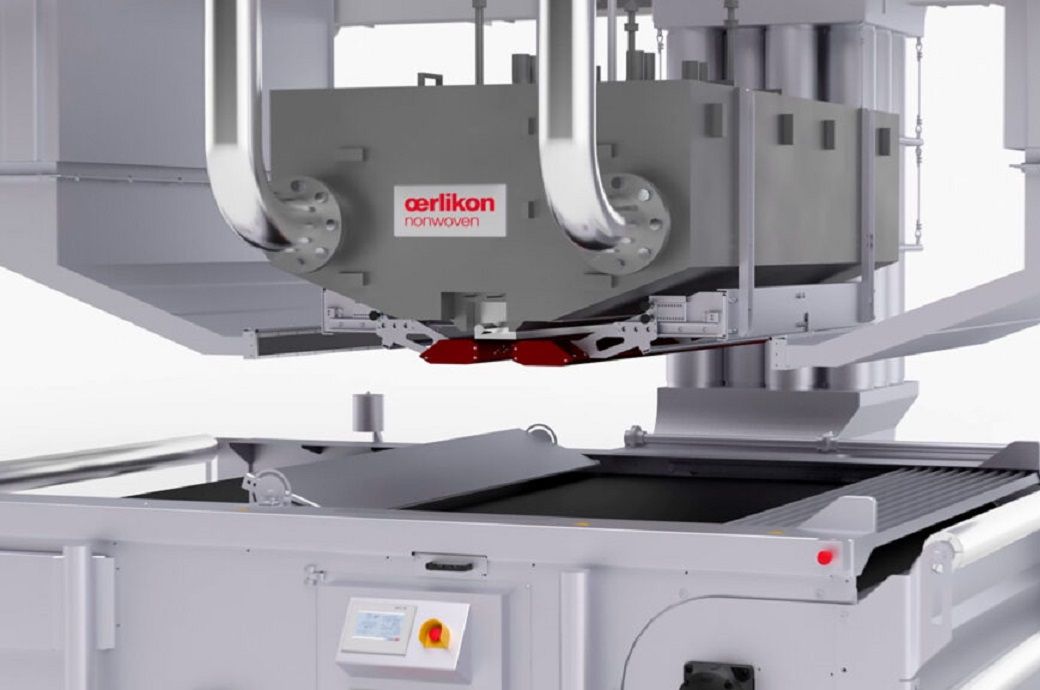
With its product brands Oerlikon Barmag, Oerlikon Neumag and Oerlikon Nonwoven, Barmag is presenting itself at this year’s ITMA Asia + CITME with innovations in yarn production that are above all one thing: productive and sustainable. From 28 to 31 October this year, the Swiss-based Oerlikon Group company will be showcasing its technologies for the future of yarn production in Singapore in Hall 4, booth C 204.
Barmag with its brands Oerlikon Barmag, Oerlikon Neumag and Oerlikon Nonwoven, will showcase sustainable yarn innovations at ITMA Asia + CITME in Singapore (October 28–31).
Highlights include atmos.io smart factory OS, WINGS FDY FLEX for recycled polyester, eFK EvoSmart texturing with 25 per cent energy savings, EvoSteam staple fibre tech, BCF yarn advances, and hycuTEC.
The increasingly complex world of textiles demands individual solutions that can be flexibly adapted to constantly changing market conditions. Barmag supports its customers with appropriate plant concepts and complete solution packages. Artificial intelligence has become an integral part of this world.
Bringing atmos.io to the networked factory
atmos.io is the operating system for intelligent yarn production. Every machine – whether a pilot plant or large-scale production with hundreds of positions – comes with the digital core. This makes atmos.io the basis for the smart factory. In the integrated app store, yarn manufacturers can put together exactly what they really need. atmos.io provides data-based decision-making criteria – objectively, efficiently and with a focus on quality. It digitizes the entire material flow: every bobbin carries its own data, from the melt to the warehouse. This allows yarn manufacturers to intervene in production at any time – quickly, precisely and profitably. The advantages: less waste, higher yarn quality, less effort for shop floor employees. The system integrates seamlessly into existing production and IT infrastructures. atmos.io relies on an intelligent data infrastructure that meets the highest standards of cyber security while providing consistent, trustworthy data for secure and efficient process control.
The future of filament spinning
Flexibility is the core competence of WINGS FDY FLEX, the latest winding concept for the FDY process. With an enormously wide production window, WINGS FDY FLEX is the perfect solution for short-term product changes and a wide range of yarn products. It can even process recycled polyester. This makes the FDY process with WINGS FLEX future-proof and sustainable.
What does the future hold for the POY process? Yarn manufacturers can also find out at the Barmag booth. The Barmag experts will be presenting the next generation of POY production to selected visitors – and will also be offering a captivating insight into the future of textiles.
eFK EvoSmart – innovation meets efficiency in yarn texturing
With the new eFK EvoSmart texturing machine, Barmag presents a machine concept based on the globally proven manual eFK that meets the highest quality requirements and sets new standards in operational efficiency. With a focus on energy-efficient yarn production, the eFK EvoSmart offers technological features that sustainably reduce both energy consumption and operating costs – with-out compromising on quality and process reliability. By combining energy-optimized process control with innovative components such as EvoHeater and Smart Godets, the eFK EvoSmart achieves a significant reduction in specific energy consumption – with potential savings of 25% per kilogram of yarn. The simple replacement of the heater inserts eliminates the need for time-consuming mechanical and chemical heater cleaning inside the machine. The system consisting of EvoHeater and adapted suction not only saves energy but also doubles the maintenance intervals. This reduces the maintenance requirements of the eFK EvoSmart by 50%. Shorter and less frequent downtimes increase productivity and ensure higher plant availability. Whether in weaving, knitting or finishing, consistent performance ensures smooth processes and the best results.
Concentrated innovative strength for staple fiber production
Oerlikon Neumag is setting new standards in the production of synthetic staple fibers with several technological innovations. At the heart of these innovations is the state-of-the-art EvoSteam process, which not only offers significant energy savings but also raises fiber quality to a new level. The ad-vantages over conventional processes are clear: more efficient, more sustainable and more powerful.
The EvoSteam concept is complemented by EvoDuct and EvE-2, two further pioneering developments for staple fiber spinning. EvoDuct optimizes the air flow distribution in the air supply. The result: lower pressure drop, less energy consumption and a more uniform air flow, which has a positive effect on fiber quality and fiber uniformity. EvE-2 revolutionizes monomer and hot air extraction. The newly designed extraction nozzles minimize air turbulence and improve the uniformity of the air supply. The external monomer extraction facilitates maintenance work and significantly increases spinning performance.
Another highlight: the automated spin pack wiping robot, already used in filament spinning by Oerlikon Barmag, now also cleans the spinning packages in the staple fiber process. The advantages are the same: consistent, excellent wiping quality, extended cleaning intervals, reduced personnel costs, savings in consumables, environmentally friendly and healthy, controlled silicone spray consumption and synchronization of cleaning cycles with can change and splice management.
New standards in BCF yarn production
With the new BICO BCF technology, Oerlikon Neumag is launching a completely new type of yarn that takes carpet performance to a new level: higher pile strength, improved recovery properties and approx. 20% less face fiber consumption – without compromising the brand’s renowned high quality. The result: lighter carpets with the familiar high-quality characteristics of Oerlikon Neumag yarns.
Also new to the portfolio: FiberGuard BCF – an intelligent system consisting of sensors and software that measures the yarn tension between twisting and winding in real time. The software reacts automatically to deviations and adjusts the process independently. This means less waste, higher efficiency and greater sustainability. And best of all, FiberGuard is compatible with all current BCF machines, or can be retrofitted.
Highly efficient nonwovens technologies
At the heart of this is Oerlikon Nonwoven’s patented hycuTEC unit – a real revolution for the filtration industry. Using osmosis-treated water, the system enables a high electrostatic charge to be applied to polypropylene meltblown nonwovens – with an impressive efficiency of 99.99%.
The brand also impresses in the Spunbond sector with high-performance production lines. Its potential is particularly evident in water filtration, for example through the implementation of a BiCo process utilizing polyester and co-polyester polymers.
Note: The headline, insights, and image of this press release may have been refined by the Fibre2Fashion staff; the rest of the content remains unchanged.
Fibre2Fashion News Desk (HU)
Fashion
American Eagle Outfitters raises annual sales forecast

By
Reuters
Published
December 2, 2025
American Eagle Outfitters raised its annual comparable sales forecast on Tuesday, betting on marketing-driven demand for its apparel and accessories during the holiday season, sending its shares up about 15% after the bell.
Marketing campaigns and newer collections of clothing, along with a focus on high-earning consumers, have helped the company offset losses from the broader retail slowdown and budget-conscious consumers pulling back on discretionary spending amid inflationary prices and trade-policy-driven uncertainty.
The company has been trying to boost demand through its marketing initiatives, including the “Great Jeans” denim campaign with actress Sydney Sweeney, a tie-up with NFL player Travis Kelce’s clothing brand Tru Kolors, and partnerships with tennis player Coco Gauff and actress Jenna Ortega.
The company sees annual comparable sales rising in the low single digits, compared to its previous expectations of about flat growth.
The company posted quarterly net revenue of $1.36 billion, compared with analysts’ estimates of $1.32 billion, according to data compiled by LSEG.
Quarterly comparable sales rose 4%, compared with analysts’ estimates of a 2.4% rise. The company sees current quarter comparable sales rising between 8% and 9%, compared with analysts’ estimates of a 2.2% rise.
© Thomson Reuters 2025 All rights reserved.
Fashion
Global manufacturing momentum weakens in November
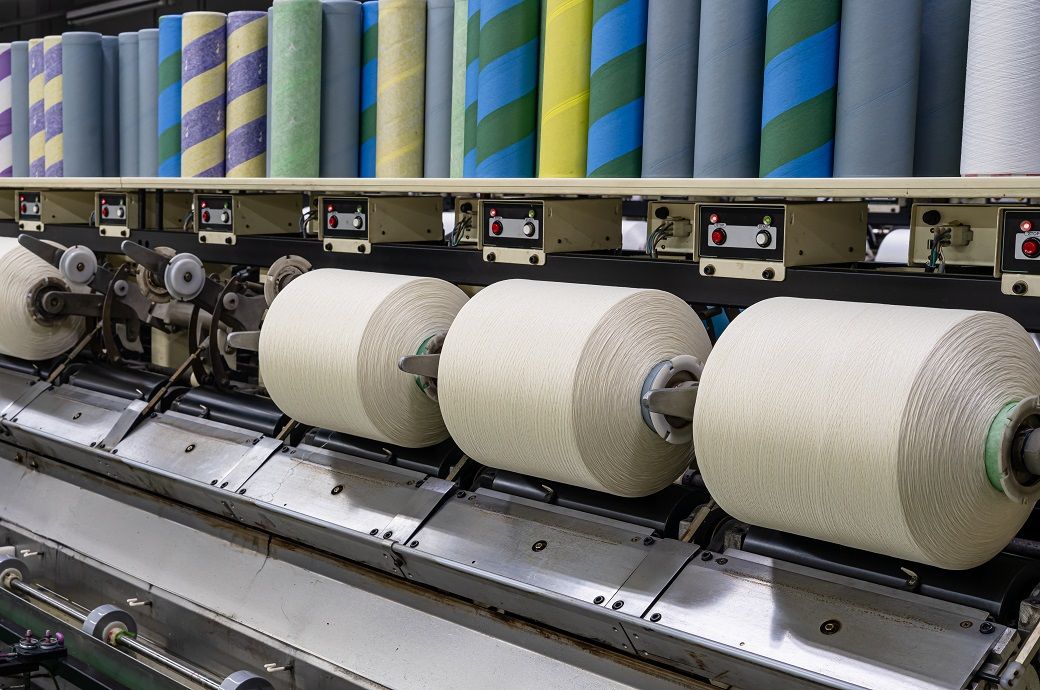
Although three of the five PMI components continued to reflect improving operating conditions, employment and stocks of purchases contracted. Production and new orders rose for the fourth straight month, supported by consumer and intermediate goods, but investment goods saw renewed declines.
Thailand, India, Vietnam, Colombia, Pakistan and the US led global output rankings. The euro area and the UK registered mild growth, Japan contracted, and China saw output stagnate. Export demand remained a drag: global new export orders fell for the eighth consecutive month, though at the slowest pace in the current downturn. Developed markets such as the US, Japan and the euro area saw declines, while emerging markets, including mainland China and India, recorded increases.
Global manufacturing growth softened in November as the PMI slipped to 50.5, reflecting slower gains in output and new orders and a return to job losses.
Consumer and intermediate goods drove expansion, but investment goods weakened.
Export demand continued to contract, while business sentiment improved slightly yet stayed below average.
Inflation pressures persisted, especially in developed markets.
Business confidence edged up to a five-month high but stayed below its long-run average for the twentieth consecutive month. Brazil, Colombia and Thailand were the most optimistic, with the UK and the US also ranking high. The new orders-to-inventory ratio reached an eight-month peak, signalling tentative resilience ahead.
Employment fell for the second time in three months, with job cuts in China, the euro area and the UK offset by gains in the US, Japan and India. Backlogs of work continued to shrink, marking forty-one straight months of decline. Inventory, purchasing activity and input stock indices all pointed to contractions.
Input costs and factory-gate prices rose again, with inflation pressures sharper in developed markets. Supply chains remained strained as average vendor delivery times lengthened for the eighteenth month running.
“The JP Morgan global manufacturing output PMI fell back 0.3-points to 51.2 in November, a level consistent with modest but resilient growth in global industry. In our forward-looking indicators, the future output PMI made a reassuring 1.4-point rebound after dropping in October, though this was tempered somewhat by a fall in the new orders index to a four-month low. By economy, output in the US and India are still expanding at solid rates, whereas the performances in China and the rest of the G-4 remain lacklustre in comparison,” Maia Crook, Global Economist at JP Morgan, said in a release.
Fibre2Fashion News Desk (KD)
Fashion
Chinese group JD.com secures majority stake in holding company MediaWorld–Saturn
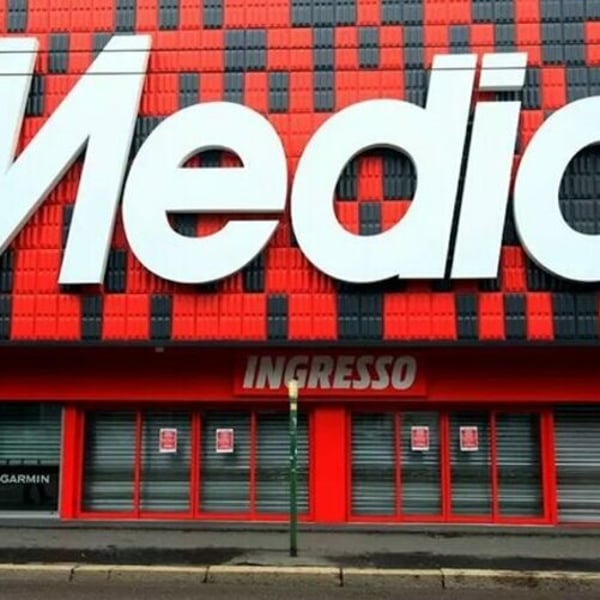
By
Ansa
Published
December 2, 2025
Chinese group JD.com has acquired an 85.2% stake in Germany’s Ceconomy, the holding company that controls the MediaMarkt (MediaWorld in Italy) and Saturn retail chains, in a deal worth €2.2 billion, according to several specialist trade publications.
Around 60% comes from JD.com’s takeover bid, with the remainder resulting from an agreement with Convergenta, the Kellerhals family’s holding company, which will retain a 25.35% stake. The company announced it in a statement.
Germany’s federal antitrust authority gave its approval in September, noting that JD.com had previously been ‘active in Germany only to a very limited extent.’
However, according to Ceconomy, completion of the public tender offer is still subject to approval by the relevant foreign trade authorities and to approval under the EU Foreign Subsidies Regulation. Completion is therefore expected in the first half of 2026.
This article is an automatic translation.
Click here to read the original article.
Copyright © 2025 ANSA. All rights reserved.
-

 Sports1 week ago
Sports1 week agoWATCH: Ronaldo scores spectacular bicycle kick
-

 Entertainment1 week ago
Entertainment1 week agoWelcome to Derry’ episode 5 delivers shocking twist
-

 Politics1 week ago
Politics1 week agoWashington and Kyiv Stress Any Peace Deal Must Fully Respect Ukraine’s Sovereignty
-

 Business1 week ago
Business1 week agoKey economic data and trends that will shape Rachel Reeves’ Budget
-

 Tech2 days ago
Tech2 days agoGet Your Steps In From Your Home Office With This Walking Pad—On Sale This Week
-

 Tech1 week ago
Tech1 week agoWake Up—the Best Black Friday Mattress Sales Are Here
-

 Fashion2 days ago
Fashion2 days agoResults are in: US Black Friday store visits down, e-visits up, apparel shines
-

 Sports2 days ago
Sports2 days agoIndia Triumphs Over South Africa in First ODI Thanks to Kohli’s Heroics – SUCH TV


